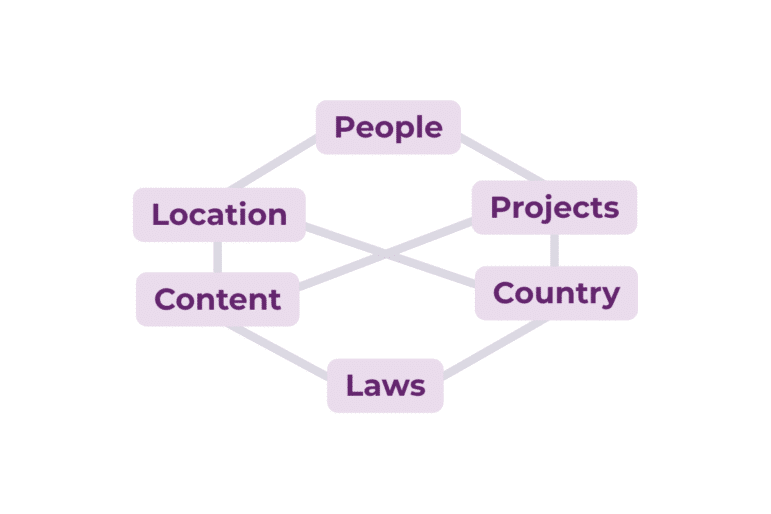Semantic Layer Strategy: The Core Components You Need for Successfully Implementing a Semantic Layer

Today’s organizations are flooded with opportunities to apply AI and advanced data experiences, but many struggle with where to focus first. Leaders are asking questions like: “Which AI use cases will bring the most value? How can we connect siloed data to support them?” Without a clear strategy, quick start-ups and vendors are making it easy to spin wheels on experiments that never scale. As more organizations recognize the value of meaningful, connected data experiences via a Semantic Layer, many find themselves unsure of how to begin their journey, or how to sustain meaningful progress once they begin.
A well-defined Semantic Layer strategy is essential to avoid costly missteps in planning or execution, secure stakeholder alignment and buy-in, and ensure long-term scalability of models and tooling.
This blog outlines the key components of a successful Semantic Layer strategy, explaining how each component supports a scalable implementation and contributes to unlocking greater value from your data.
